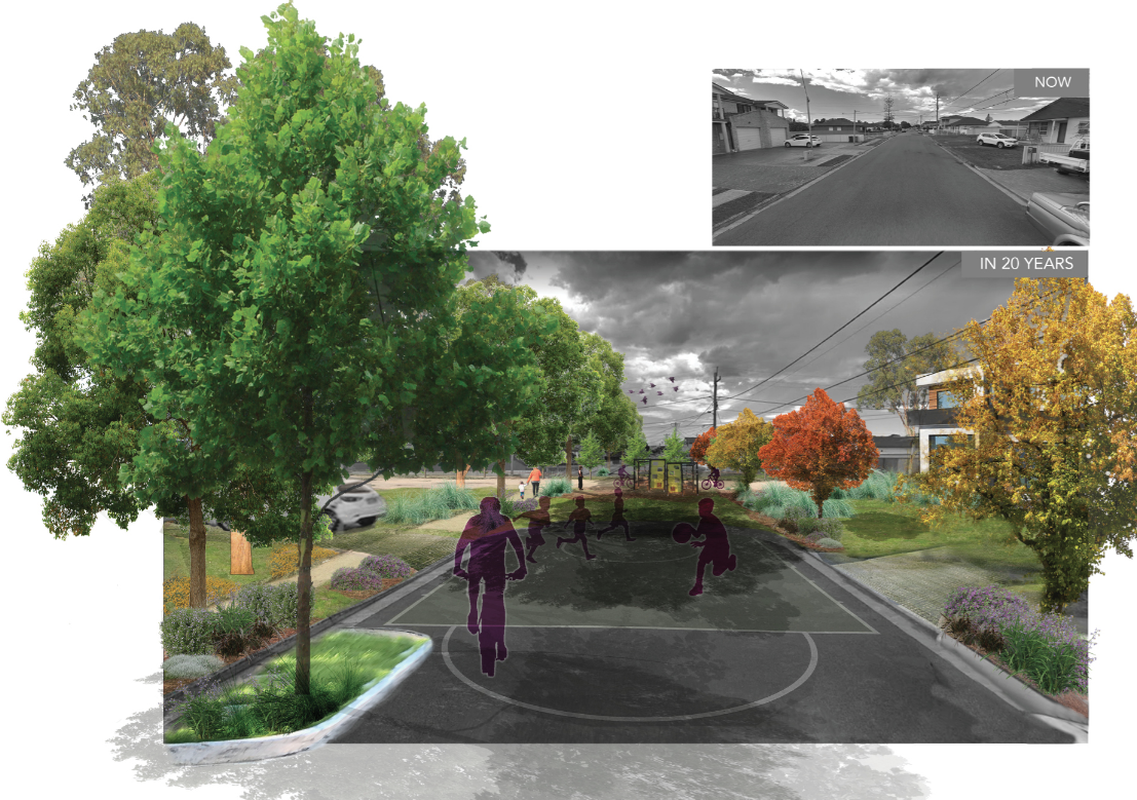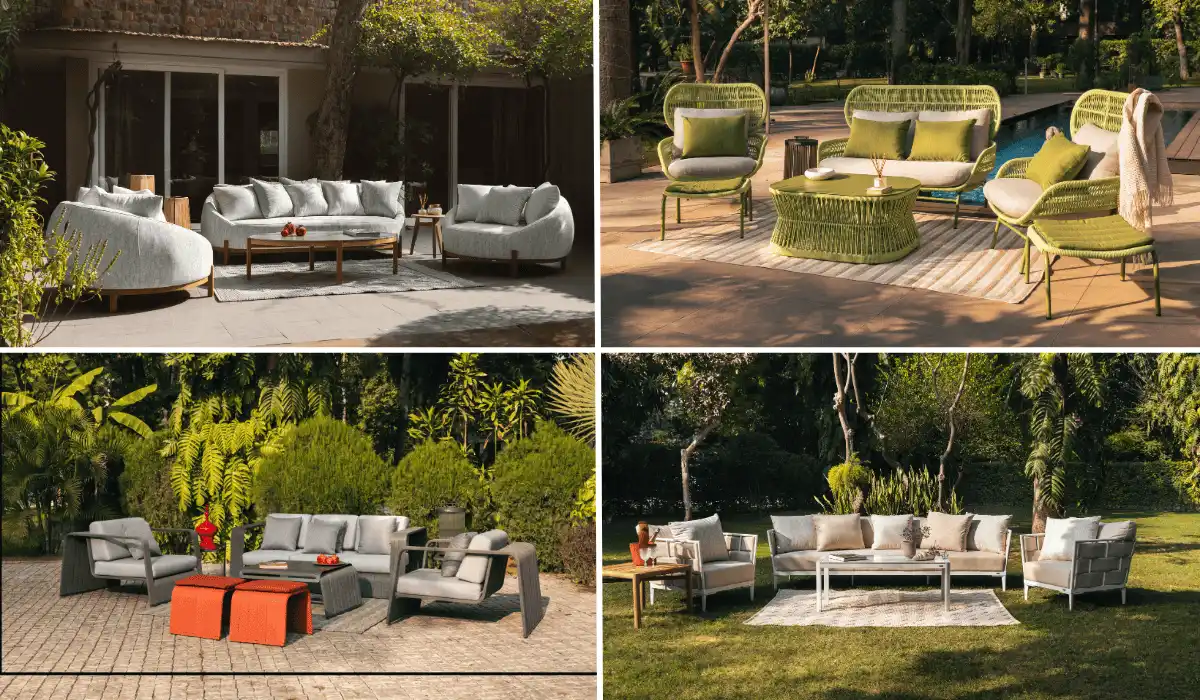“Architecture is about public spaces held by buildings”, said the British – Italian architect Richard Rogers. The quote establishes the cohesiveness of architecture with public spaces by signifying the importance of people-centric design. Placemaking is a conglomerative exercise with people at its core. Hence, the human need to interact, engage, and rejuvenate makes public spaces integral to architecture and urban design.
Public spaces are at the heart of every AEC project because they direct the patterns of movement and interaction. A public space helps the community thrive through mutual cooperation and dependability. They also serve as a canvas for representing local art, culture, and philosophy.
Generally, public space is accessible and open to all. Open grounds, parks, roads, beaches, waterfronts, and gardens are typical examples of public spaces. It is also a common notion that public spaces are the same as an “open to sky gathering space”. A very thin line of accessibility divides the two kinds of spaces. Every public space can be a gathering space, but vice versa is not true. Hence, a metro station, subway, and pathways can be regarded as public spaces, but not gathering spaces.

Significance of Landscape in Public Space
Landscape is to architecture what blood is to the body. A good landscape design supports the healthy functioning of built spaces. Especially in the case of public spaces, landscape acts as the binding element that holds the place intact.
The teamwork of urban designers and landscape architects helps in creating user-friendly, aesthetically appealing, and accessible public spaces. Hence, today, many projects of urban significance such as transportation hubs and malls are integrating landscape with their design to make it more meaningful and comforting for the visitors.
Landscape can also be used to demarcate spaces without creating any man-made barriers. Planting hedges, trees, and bushes in a linear pattern do the work of functional space segregation with minimal intervention. A tree can also serve as a landmark or focal point of an urban settlement. On the contrary, a row of trees on either side of the road can create a vista or avenue, thereby enhancing urbanscapes.
Landscape Integrated Public Places

The incorporation of landscape allows public spaces to serve as multipurpose areas. They help in improving the quality of life of citizens by helping to purify the air and reduce stress levels. Irrespective of the size of public space, landscape brings versatility and vibrancy to the area.
The recently designed Henning G Kruses Plads square in Esbjerg, Denmark by the Bjarke Ingels Group (B.I.G.) is a classic example of revitalization of the relationship between built and natural landscape. The square was designed as a celebration of the city’s relationship with the sea by seeking inspiration from the city’s maritime history and Henning’d life. From once being a port in Denmark to now being the fifth-largest city in the country, Esbjerg has paved its way to massive urban growth.
The square is designed as an extension of the existing architecture that surrounds the site. The pillars grow in sync with the birch forest towards the Havnegade waterfront, thereby creating a smooth transition of spaces. The square is now equipped with a centrally located cymatic pool to invite passers-by to enjoy the public space. The tree plantations on-site are stemmed at a height of 4-5 m allowing people to have a barrier-free view of the avenue. Planted in a grid system, the trees align with the square grid of the central pool, thus creating a clear spatial demarcation. The square is universally accessible, which implies the acceptance of all in the city’s public space.

In India, the development of the Sabarmati riverfront in Gujarat is instrumental in upsurging the urban transformation of the city. The development of the waterfront promenade is aligned with the idea of supporting the local people’s needs of recreation and livelihood.
More than 80% of the site is free to be occupied as a public space, adorned with walkways and lush green parks. The serene development of the waterfront’s landscape architecture invited the local people to regularly occupy the space for their get-togethers, evening walks, and more.
The riverfront also accommodates private zones to facilitate the traditional “dhobi ghat” through the creation of 168 off washing spaces and state-of-the-art laundry. The project also boosts the state’s economy by allowing local vendors to sell their products to tourists. The Sabarmati riverfront development project also boosts social and traditional activities, where the areas around this riverfront have been equally segregated.

Since public spaces are the most engaging and stimulating. To achieve an optimal design for public spaces, planning for a people-centric landscape is crucial. For instance, a community exercise called the “Place Game” proposed by Project for Public Spaces lays out the evaluation guide for public spaces. As a part of the exercise, people use the space based on their needs and share their reviews on what works and doesn’t work for them. Such interaction-based planning of public spaces can help in designing them better.
Now, especially with the outbreak of the COVID-19 pandemic in the last couple of years, it has become even more crucial to develop holistic and resilient plans for public spaces. Effective landscape planning in public spaces will thereby help in creating healthier cities.
Sources:
- The Key Principles of Public Open Space
- Are Landscape Architects Creating Great Public Spaces?
- 9 Emerging Trends in Landscape Architecture for Public Spaces
- Use of Landscape in Urban Spaces
- Parks and Squares: 20 Public Space Designs
- Henning G. Kruses Plads / BIG
- Veranda in Shanghai / ppas + tf Architecture Office
Disclaimer: The information contained herein have been compiled or arrived at, based upon information obtained in good faith from sources believed to be reliable. The opinions expressed within the content are solely the author’s and can be subject to change. The image featured in this article is only for illustration purposes. If you wish the article to be removed or edited, please send an email to editor@biltrax.com
Discover more from Biltrax Media, A Biltrax Group venture
Subscribe to get the latest posts sent to your email.






















